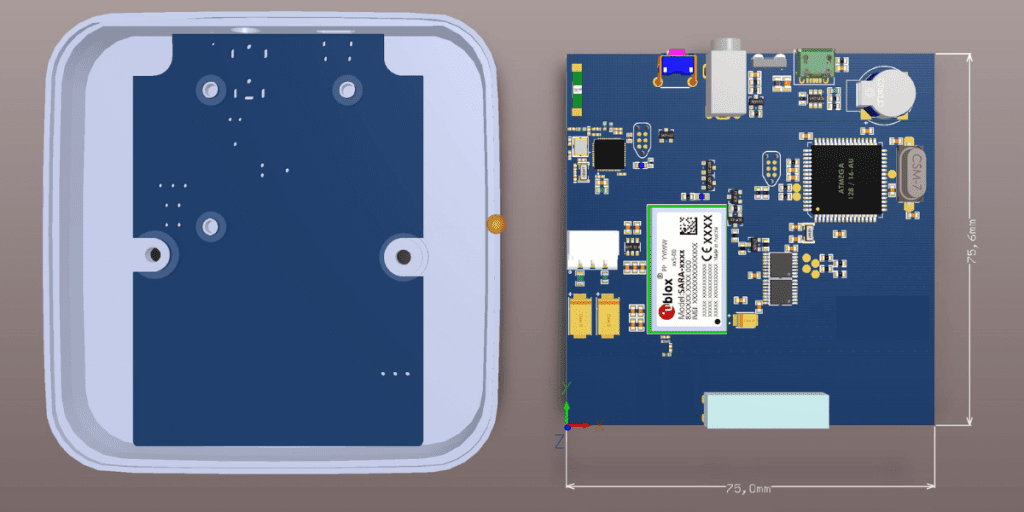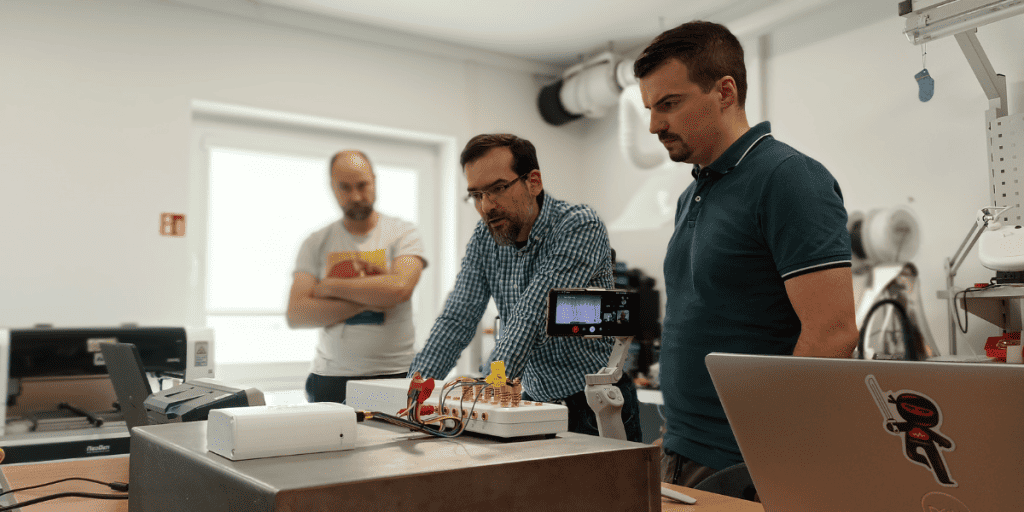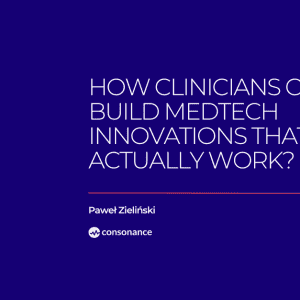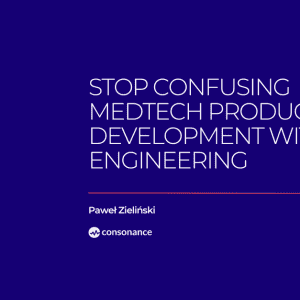Decoding Medical Device Manufacturing Costs: Unveiling the Influential Factors

In the realm of medical advancements, where innovation meets precision, the complexities of medical device manufacturing costs become apparent. Behind every cutting-edge device lies a tapestry of influencing factors that determine its final price tag. From the choice of materials to the intricacies of design, from regulatory compliance to the nuances of supply chain management, each facet of the manufacturing process contributes to the delicate balance between quality, accessibility, and cost-effectiveness.
Table of Contents
Medical device manufacturing costs and balancing innovation
In the dynamic landscape of healthcare, medical devices play a pivotal role in diagnosing, monitoring, and treating various ailments. However, behind these innovative and life-changing tools lies a complex process of manufacturing, one that is intricately tied to costs. Understanding the factors that influence medical device manufacturing costs is crucial not only for manufacturers but also for healthcare providers, regulators, and ultimately, patients. In this article, we delve into the key drivers that impact the final costs of medical device manufacturing.
While innovation is important, an excessively complex medical device can distract from the device’s core purpose and functionality. Balancing innovation with practicality is crucial; adding features or design elements that don’t contribute significantly to the device’s effectiveness can overcomplicate the design and detract from its overall value.
Evolving landscape of medical device manufacturing, requires mastering the art of balancing innovation, compliance, and cost-effectiveness is a feat of strategic prowess. Each influencing factor is a piece of the puzzle, a vital fragment contributing to the industry’s collective efforts to advance healthcare solutions that are not only groundbreaking but also attainable for those who need them most.
Materials and Components
The choice of materials and components used in medical device manufacturing significantly impacts its cost. High-quality materials that meet regulatory standards often come at a premium price, but they ensure safety, efficacy, and durability. From biocompatible plastics to advanced metals, each material’s characteristics affect not only the device’s performance but also its manufacturing complexity.
Design Complexity
In essence, while some level of complexity can contribute to the advancement of medical technology, exceeding a reasonable threshold can lead to a cascade of challenges that hinder the device’s success. Manufacturers need to carefully assess the trade-offs between design complexity, manufacturing feasibility, user acceptance, and overall cost-effectiveness to ensure that the device not only survives but thrives in the competitive landscape of medical technology.
The complexity of a medical device’s design is a pivotal factor that influences manufacturing costs. Intricate designs may require specialized manufacturing techniques, tooling, and skilled labor, all of which contribute to higher expenses. Simplifying the design without compromising functionality can result in substantial cost savings without compromising the device’s effectiveness.
Healthcare professionals using these devices need to understand their functionality thoroughly. A highly intricate design might require more comprehensive training, increasing the learning curve for users. This can impact user acceptance and adoption, leading to potential resistance to using the device in clinical settings.

Regulatory Compliance
Medical devices are subject to rigorous regulatory standards to ensure patient safety. Compliance with these standards involves thorough testing, documentation, and quality control measures. Meeting these requirements adds to manufacturing costs as it demands additional resources and expertise. Failing to comply can lead to costly delays or recalls, underscoring the importance of this factor.
Volume of Production
Economies of scale come into play when considering the volume of production. Manufacturing a higher quantity of devices often reduces per-unit costs, thanks to optimized production processes and better negotiation power with suppliers. On the other hand, low-volume production runs may incur higher costs due to inefficient resource utilization.
Labor and Skill Set
The level of labor required and the expertise of the workforce impact manufacturing costs. Skilled technicians, engineers, and operators are essential for assembling and testing complex medical devices. Labor costs can vary greatly depending on geographic location, availability of specialized talent, and the specific manufacturing processes involved.

Manufacturing Technology
Advancements in manufacturing technology have revolutionized the medical device industry. Cutting-edge techniques like additive manufacturing (3D printing), automation, and precision machining can streamline processes, reduce errors, and lower costs. However, the initial investment in adopting these technologies can be substantial.
Supply Chain and Sourcing
The reliability of the supply chain and the sourcing of raw materials and components directly influence manufacturing costs. Dependence on single suppliers or volatile markets can lead to price fluctuations and potential shortages, affecting the final cost. Diversifying suppliers and establishing strong partnerships can mitigate these risks.
Post-Market Support
Manufacturing costs extend beyond production and assembly. Post-market activities such as servicing, repairs, and warranty support are essential considerations. Allocating resources for efficient post-market support ensures customer satisfaction and maintains the device’s long-term viability.
Conclusion
The medical device manufacturing is a complex blend of innovation, precision, and economic considerations. An in-depth understanding of the factors influencing manufacturing costs is vital for manufacturers to optimize their processes, produce high-quality devices, and provide cost-effective solutions to patients and healthcare providers alike. From material selection to post-market support, every facet plays a role in shaping the final cost of a medical device. In a rapidly evolving healthcare landscape, striking the right balance between innovation, compliance, and cost-efficiency is key to shaping a healthier future for all.
If you’re in pursuit of medical innovation, don’t hesitate and …
Contact us
We can help you to get ahead of the curve!






